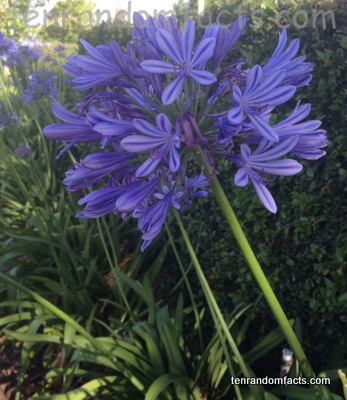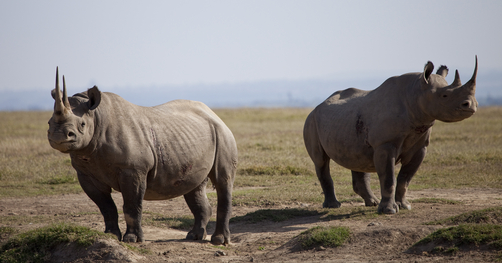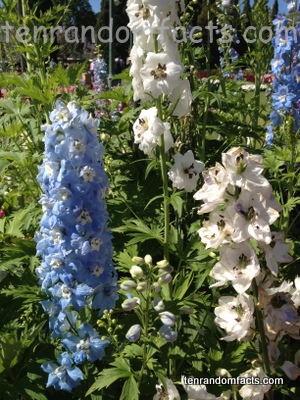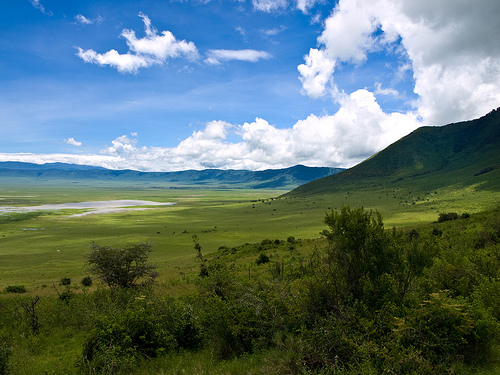
The agapanthus are high above all the rest.
- Agapanthus have been recently placed in the Amaryllidaceae family, which is the family of amaryllis, that contains three subfamilies – Allioideae (onion family), Amaryllidoideae (amaryllis family) and Agapanthoideae (agapanthus family).
- ‘Agapanthus’ are also known as the ‘lily of the Nile’ and the ‘African lily’ even though they are not a lily.
- Agapanthus generally have clustered bell shaped flowers, that bloom mainly in the summer months on tall stems.
- Agapanthus are native to South Africa and there are between six and ten species of the plant.
- ‘Agapanthus’ comes from the Greek words ‘agape’ and ‘anthus’, and when put together, mean ‘love flower’, although it is not certain why they are so named .
- During the flowering period, agapanthus can grow up to 2 metres (6.6 feet) in height, although the main part of the plant, the leaves, are usually around 60 cm (23.6 inches) tall.
- Agapanthus flowers are usually blue, purple or white in colour, although a variety with pink tips is also available.
- Agapanthus are grown from seed or division of their roots and are classified as an invasive weed in some countries such as New Zealand.
- Agapanthus prefer sunny conditions and do not like cold, and are often potted in warm areas during these months.
- Agapanthus are best grown close together, producing a spectacular wave of colour in a garden and are great plants to grow along fences and driveways.
Bibliography:
Agapanthus, 2013, The Flower Expert, http://www.theflowerexpert.com/content/growingflowers/flowersandseasons/agapanthus
Agapanthus, 2013, Wikipedia, http://en.wikipedia.org/wiki/Agapanthus


























